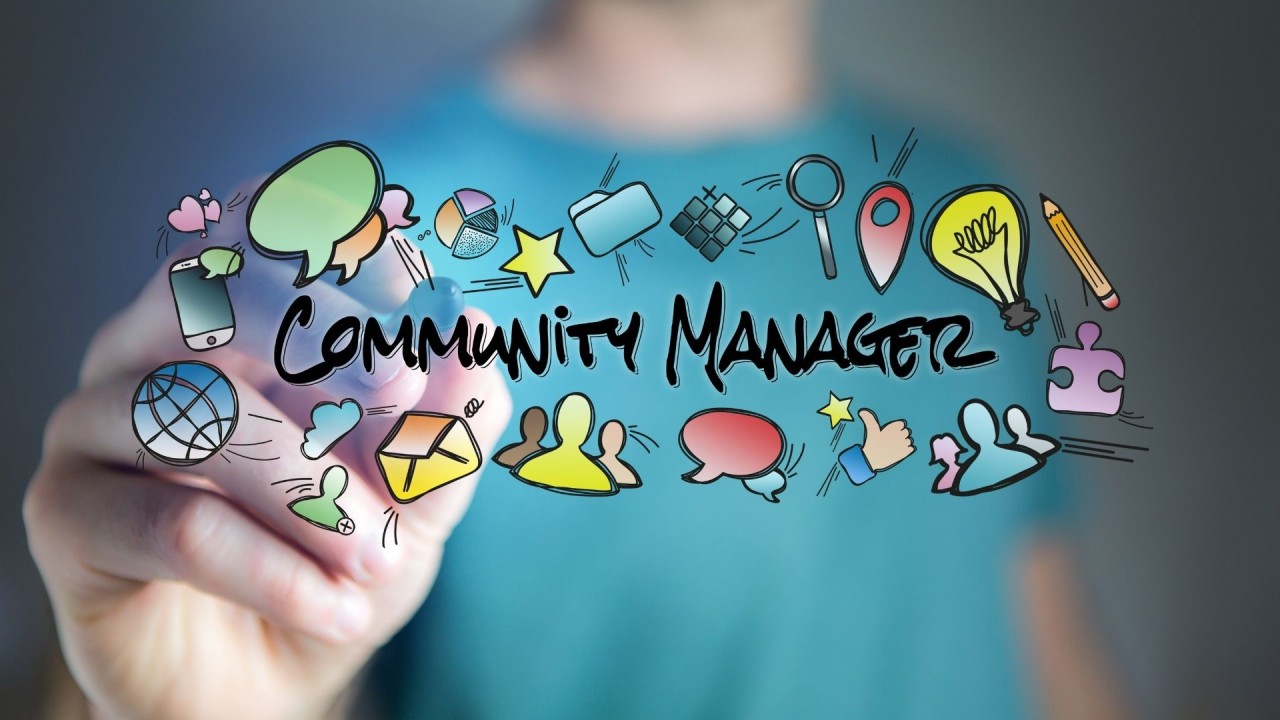In today’s digital age, community management has become an essential part of building and maintaining a brand’s presence online. Whether you’re a small business owner, a content creator, or a large corporation, fostering a strong and engaged community can drive loyalty, enhance brand advocacy, and ultimately lead to greater business success. In this blog post, we will explore what community management is, why it’s so important, and how you can effectively manage your community for long-term success.
What is Community Management?
Community management refers to the practice of building, growing, and nurturing relationships within a community, both online and offline. Online communities often form around shared interests, values, or goals, and community managers facilitate communication, engagement, and collaboration within these groups. The role of a community manager is to ensure that the community feels valued, heard, and engaged with the brand or cause.
Why is Community Management Important?
Community management plays a vital role in shaping the perception of your brand. Here are some key reasons why it’s so important:
1. Builds Trust and Loyalty
A well-managed community can create a space where members feel valued, leading to a strong sense of loyalty. When your customers or followers trust your brand, they are more likely to recommend it to others, which can drive both organic growth and word-of-mouth marketing.
2. Fosters Engagement
Engaged communities are more likely to participate in conversations, provide feedback, and share experiences. This kind of interaction not only strengthens the community but also provides you with valuable insights that can inform product development, content strategies, and customer service improvements.
3. Enhances Customer Experience
Community management allows for direct communication between your brand and its customers. By providing a space for customer questions, feedback, and support, you can enhance your customers’ experience and address concerns in real time.
4. Drives Brand Advocacy
When a community feels like a part of your brand, they become its advocates. These advocates can significantly impact your brand’s reputation and help you expand your reach. People are more likely to trust recommendations from their peers in the community than from traditional advertising.
Best Practices for Community Management
Effective community management requires strategy, patience, and consistency. Here are some of the best practices to help you build and maintain a thriving community:
1. Set Clear Goals and Objectives
Before you begin managing your community, define what success looks like. Whether it’s increasing engagement, driving sales, or enhancing customer satisfaction, setting clear goals will guide your community management strategy. Ensure your goals are specific, measurable, achievable, relevant, and time-bound (SMART).
2. Know Your Audience
Understanding your community’s needs, interests, and pain points is crucial to effective engagement. Conduct surveys, polls, and monitor conversations to better understand what your members care about. Tailoring your approach to meet their preferences will ensure that your community remains active and engaged.
3. Engage Regularly
Consistency is key in community management. Regular engagement helps to keep your community active and engaged. Respond to comments, share content, ask questions, and initiate discussions. A responsive and active community manager can make members feel heard and appreciated.
4. Create Valuable Content
Content is one of the most powerful tools for community engagement. Share valuable, relevant, and informative content that resonates with your community’s interests. This could include blog posts, videos, tutorials, polls, infographics, and more. Interactive content such as polls or quizzes also invites participation and keeps the conversation flowing.
5. Encourage Peer-to-Peer Interaction
Encouraging members to interact with each other not only builds stronger community bonds but also alleviates the pressure on you as a community manager. Foster an environment where members can ask questions, share tips, and help one another. Peer-to-peer support can lead to more organic and authentic interactions within the community.
6. Monitor and Moderate
While community engagement is important, ensuring that the conversations remain positive, respectful, and on-topic is equally crucial. Set clear guidelines for your community and moderate discussions to maintain a healthy and inclusive environment. Address any toxic behavior or harassment promptly to prevent damage to your brand’s reputation.
7. Leverage Data and Analytics
Community management isn’t just about interaction; it’s also about measurement. Use analytics tools to track engagement, sentiment, and growth within your community. This data can provide insights into what’s working and where improvements are needed. By continuously analyzing the data, you can refine your strategy and optimize the community experience.
Tools for Effective Community Management
Several tools can help streamline and enhance your community management efforts:
- Social Media Management Tools: Tools like Hootsuite, Buffer, or Sprout Social help schedule posts, monitor social media mentions, and track engagement metrics.
- Community Platforms: Platforms like Facebook Groups, Discord, and Slack provide a space for members to interact, share content, and communicate with each other.
- Customer Support Tools: Tools like Zendesk or Freshdesk help manage customer inquiries and provide timely support.
- Analytics Tools: Google Analytics, Facebook Insights, and other analytics platforms allow you to track and measure community engagement.
Common Challenges in Community Management and How to Overcome Them
1. Low Engagement
If your community isn’t engaging as expected, try diversifying your content, running contests, or hosting live events to spark interest. Sometimes, simply asking for feedback or starting a poll can motivate members to participate.
2. Negative Feedback
Negative comments or complaints are inevitable. Handle them with grace and professionalism. Responding quickly and empathetically can help turn a negative experience into a positive one and show your commitment to customer satisfaction.
3. Scaling
As your community grows, managing it can become increasingly complex. Consider leveraging automation for routine tasks (like sending welcome messages) and building a team to share the workload. Setting clear roles and responsibilities within your team can ensure your community continues to thrive.
Conclusion
Effective community management is an invaluable asset for businesses, content creators, and brands of all sizes. By setting clear goals, knowing your audience, engaging consistently, and using the right tools, you can foster a vibrant and loyal community that drives long-term success. Remember, community management is an ongoing process that requires dedication and a genuine interest in your members’ needs.
Whether you’re just starting or looking to optimize your current strategy, community management is an essential part of your digital marketing strategy that can transform your brand’s relationship with its audience. Start implementing these best practices today, and watch your community grow!


